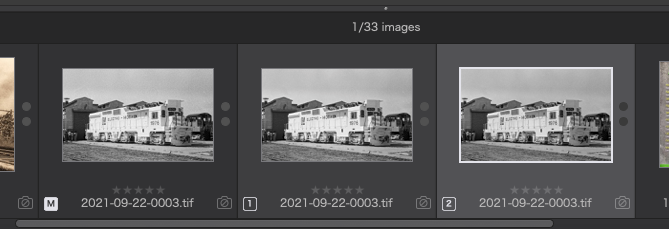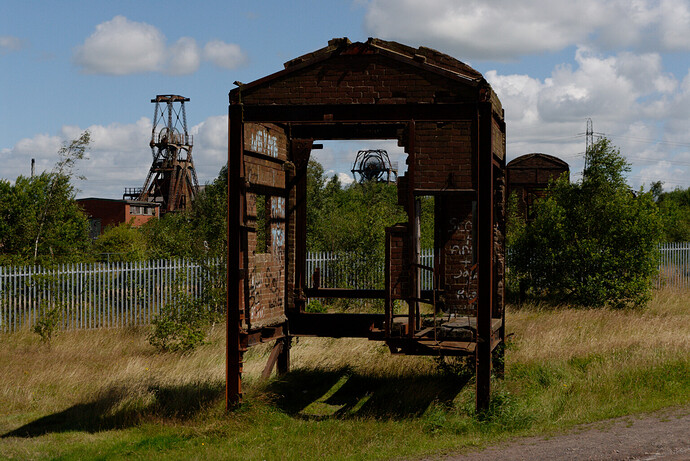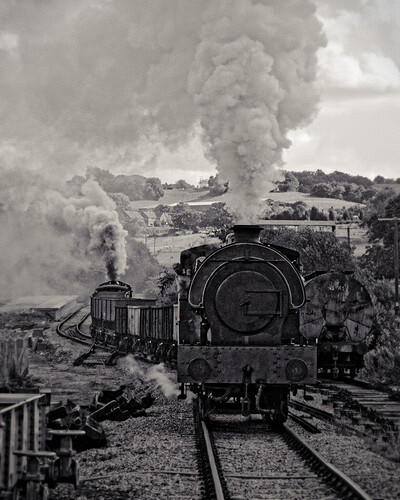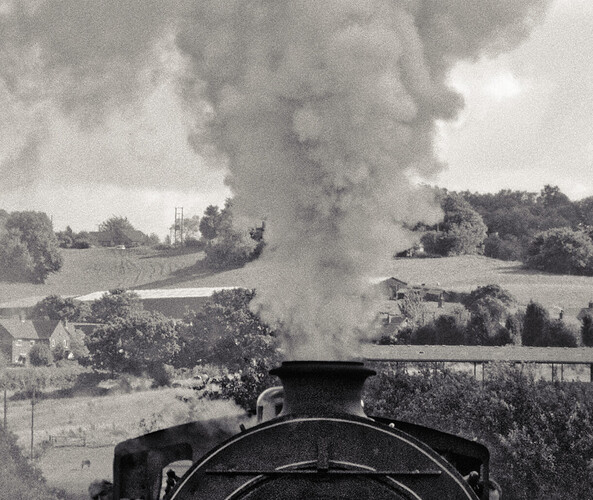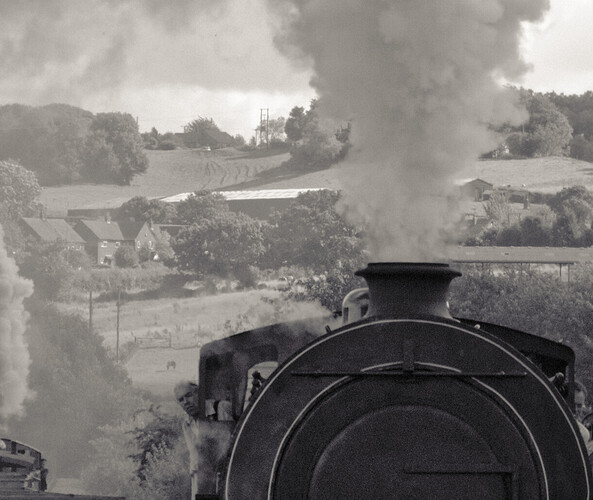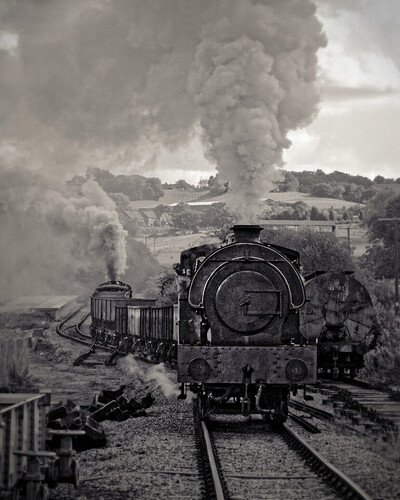I used to own and use a Nikon D200. My brother still shoots with one right now, although he mostly uses his newer Nikon Df.
By today’s standards, I don’t doubt that you can do what you suggest, making digital photo look like they were shot on film, but there is no way a digital camera, in this case with a small sensor, can replicate what you can do with your LF cameras with all the control they offer, and a huge negative size to capture data. Perhaps the new Leica M11 which will have 50 megapixels might come close, with Leica’s best lenses, which will likely sell for close to $20,000 for both.
If I ever start thinking of this as a “hassle”, I’ll probably put my film cameras away as an interesting experiment. For me, it has been fun. But as you say, it takes more time, more work, and certainly adds to the cost thanks to buying film and my paying for processing. I’ve been enjoying it so far.
When it comes to $$$, I’ve now got a $7,000 Leica M10 which I bought as an “open box sale” for a thousand less dollars. It seems like every time I look, Leica has a newer M camera, with the M11 right around the corner - it will be released on 11/11/2021 I believe. The Leica M9 was released on 9/9/2009. The M10 was delayed - so it did not come out on 10/10/2010. Anyway, were I to update, the selling price of the new M11 is likely to be far beyond $10,000, and the value of my previous Leica’s will take another drop. (…and I still own my Leica M8.2 camera, with a smaller CCD sensor).
For analog Leicas, I can spend $6,000 or so for the new M-A, or I can continue using my M3, M2, M6, or M-whatever. Many people who should know tell me my M3 is better than the very latest M film camera, which itself hasn’t been updated in a very long time. Why update? The new lenses are better in many ways, but many people prefer the “look” from the old lenses. As to the cameras, the M3 was hand built with all parts adjusted for a perfect fit. Ditto for the M2 which followed a few years later.
https://www.l-camera-forum.com/topic/324825-lenses-for-leica-film-cameras/#comments
Anyway, if you, who have been at this for ages, were to really believe what you just wrote, do you think I am wasting my time by shooting film? (I doubt it, as you still shoot both film and digital.)
